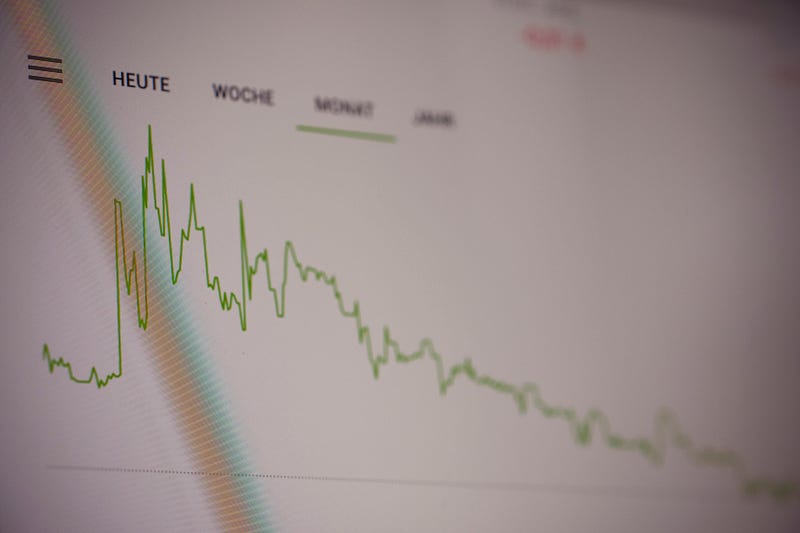What is Digital Rupee and how will it help India's economy
What is Digital Rupee and how will it help India’s economy

The Reserve Bank of India (RBI) rolled out India’s first digital rupee pilot project for the wholesale segment on November 1. It will launch a similar trial on the retail side soon. The digital rupee (e₹) is also known as Central Bank Digital Currency (CBDC). It is a digital form of currency notes issued by the RBI.
The digital rupee rollout is being touted as a big step toward digital transformation in India. It will majorly change the way of doing business.
“The use case for this pilot is the settlement of secondary market transactions in government securities,” the regulator said in a notification on October 31, 2022.
Nine banks have been identified to participate in the pilot project of the wholesale digital rupee. These include the State Bank of India, Bank of Baroda, Union Bank of India, HDFC Bank, ICICI Bank, Kotak Mahindra Bank, YES Bank, IDFC First Bank, and HSBC.
“There will be some technological challenges, some process challenges, and the RBI will want to iron out all those aspects and introduce the CBDC in a manner that is non-disruptive,” RBI governor Shaktikanta Das said.
WHAT IS A DIGITAL RUPEE?
The digital rupee is like a banknote, but it won’t be physically tangible like paper currency. The e-rupee is in a virtual form and makes the payment system easier, cheaper and quicker. It will make digital transactions in electronic form seamless. The users can pay directly while saving transaction costs.
According to the RBI, “CBDC is the legal tender issued by a central bank in a digital form. It is the same as a fiat currency and is exchangeable one-to-one with the fiat currency. Only its form is different.” CBDC can be transacted using wallets backed by Blockchain, which makes the payments final, thereby reducing the settlement risk.
The CBDC is freely convertible against the physical currency, which means the digital currency can be exchanged for cash equivalent to paper notes. Unlike UPI, a customer doesn’t need a bank account to transact using e-rupees.
the central bank had voiced its concerns over the rampant use of cryptocurrency. “The proliferation of crypto assets can pose significant risks related to money laundering and financing of terrorism. Further, the unabated use of crypto assets can be a threat to monetary policy objectives as it may lead to the creation of a parallel economy and will likely undermine the monetary policy transmission and stability of the domestic currency,” it said.
The e-rupee, having legal status, will not be decentralized and will be regulated by the RBI. The RBI explained that it would appear as a liability (currency in circulation) on a central bank’s balance sheet.
It will go hand in hand with existing forms of financial transactions and offer users another alternative to making payments.
A government source reportedly said, “In the case of a digital rupee, instead of holding a note, you will be holding a digital currency in your phone, and it would be with the central bank and from there, it would be transferred to any merchant. It is fully backed by the sovereign.”
ITS BENEFITS
The RBI said that the digital rupee system will “bolster India’s digital economy, enhance financial inclusion, and make the monetary and payment systems more efficient”. It will go a long way in reducing costs associated with physical cash management and will boost cross-border transactions, which will help in making bank cash management and operations a breeze.
What’s more, digital currency will have an unlimited lifeline as it will never be physically damaged or lost. It will mitigate volatility risks associated with Bitcoins.
Another benefit of the e-rupee is that it will save operational costs of printing, distributing, and storing banknotes. Since its use will reduce the dependency on paper, the e-rupee can play a huge role in saving the environment. A cashless economy is a future. And India has taken a giant leap toward it.

Comments
Post a Comment